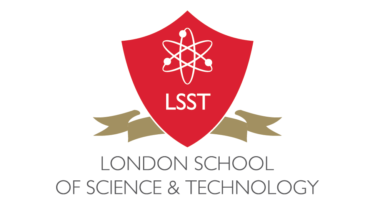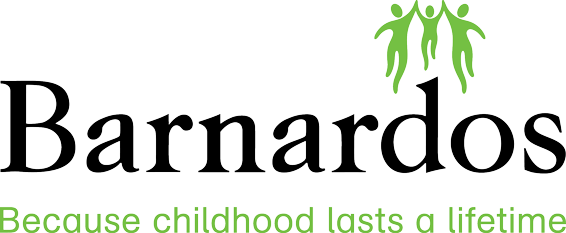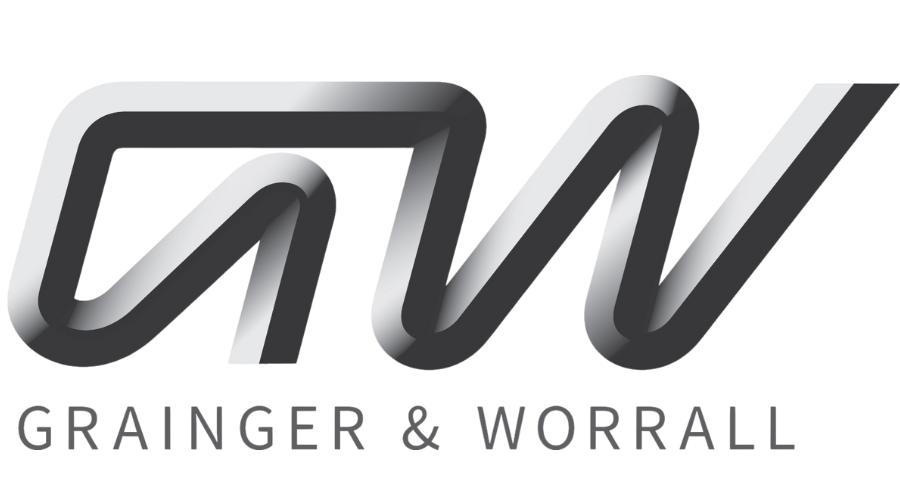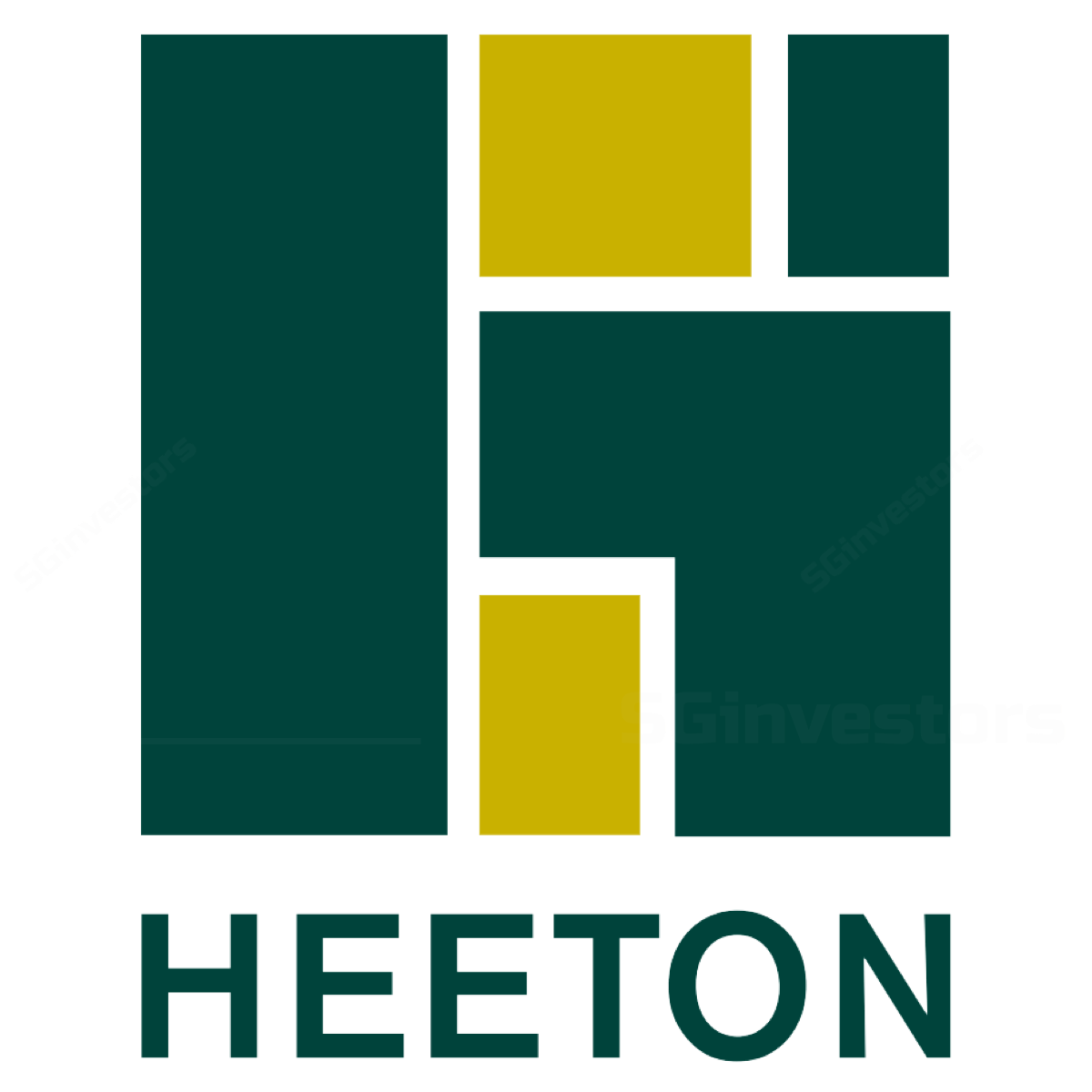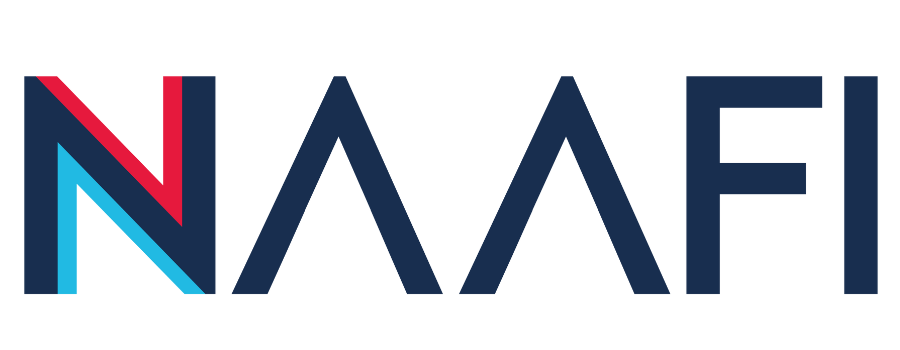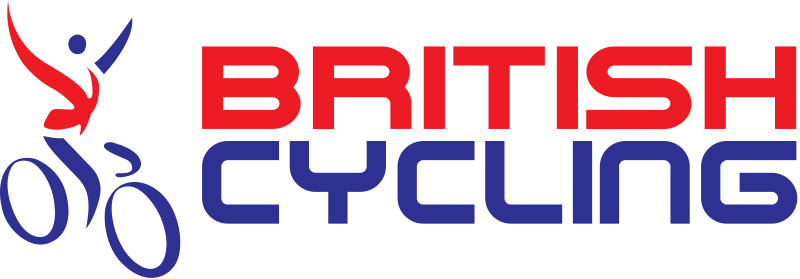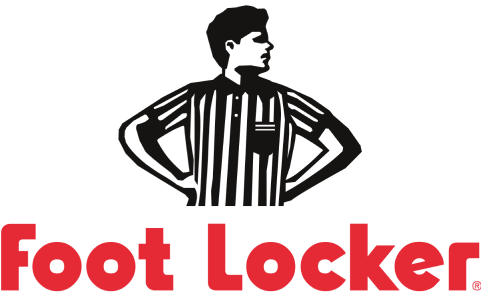Time and Attendance Management: Using HRMS to Improve Time Tracking and Attendance Management
Effective time and attendance management is a critical aspect of any organization's success. Inaccurate or ineffective time tracking can result in increased labor costs, reduced productivity, and compliance issues. With the increasing complexity of modern workplaces and remote work arrangements, managing employee attendance and time tracking has become a more challenging task for businesses. However, HR management software (HRMS) can help simplify and automate time and attendance management.
HRMS software provides businesses with a variety of features that can help improve time tracking and attendance management. From automating timekeeping and leave management to providing real-time data on attendance and productivity, HRMS software can help businesses streamline their time and attendance management processes, reduce errors, and improve efficiency.
This article will explore the benefits of using HRMS software for time and attendance management, discuss best practices for implementing HRMS, and provide tips for optimizing time and attendance management using HRMS. Whether you are a small business owner or an HR professional, this article will provide you with valuable insights into how HRMS software can improve time and attendance management, save you time and resources, and help your business thrive.
The Importance of Accurate Time and Attendance Management for Businesses
Accurate time and attendance management is essential for businesses of all sizes. It ensures that employees are paid accurately, prevents time theft and absenteeism, and helps businesses comply with labour laws and regulations. Effective time and attendance management also plays a critical role in boosting productivity, improving employee morale, and reducing labour costs.
Poor time and attendance management can lead to a range of issues for businesses. Time theft, buddy punching, and absenteeism can result in significant financial losses for businesses. Inaccurate time tracking can also create disputes between employers and employees and damage workplace morale. Moreover, non-compliance with labor laws and regulations can lead to costly fines and legal action, negatively affecting a business's reputation and bottom line. Accurate time and attendance management is therefore crucial to ensuring business success and maintaining a positive work environment.
How HRMS Can Streamline Time Tracking and Attendance Management Processes
HRMS can help streamline time tracking and attendance management processes for businesses. One of the key benefits of using HRMS for time tracking is the ability to automate timekeeping processes. HRMS can enable businesses to automatically capture employee attendance and work hours, reducing the need for manual tracking and data entry. This not only saves time and reduces errors but also helps businesses comply with labour laws and regulations.
HRMS can also provide real-time data on attendance and productivity, allowing managers to monitor employee performance and make informed decisions. HRMS can generate attendance reports, allowing managers to identify trends and patterns, such as employees who frequently arrive late or leave early. This data can be used to address attendance issues, provide feedback to employees, and optimize workforce scheduling.
In addition, HRMS can automate leave management, allowing employees to submit leave requests and managers to approve or reject them online. This reduces the administrative burden on HR teams and ensures that leave policies are enforced consistently. Moreover, HRMS can provide employees with access to their leave balances, reducing the need for manual inquiries and improving employee satisfaction. Overall, by streamlining time tracking and attendance management processes, HRMS can help businesses improve efficiency, save time and resources, and enhance employee engagement.
Best Practices for Implementing HRMS for Time and Attendance Management
Implementing HRMS for time and attendance management requires careful planning and execution. To ensure a successful implementation, businesses should follow best practices such as identifying key stakeholders, defining clear goals and objectives, selecting the right HRMS software, and providing adequate training and support to employees.
Identifying key stakeholders is essential for ensuring that the implementation process is aligned with the needs of the business and its employees. This involves identifying who will be affected by the implementation and involving them in the planning and decision-making process. Additionally, defining clear goals and objectives can help businesses measure the success of the implementation and ensure that it meets the needs of the business and its employees.
Selecting the right HRMS software is also crucial for successful implementation. HealthBoxHR's HRMS software provides a range of modules and services that can help businesses streamline time and attendance management processes. Our software features include time and attendance tracking, leave management, real-time data analytics, and payroll processing. Our software is designed to be flexible, scalable, and user-friendly, ensuring that it can adapt to the changing needs of your business. Moreover, we provide ongoing training and support to help businesses maximize the benefits of our software and achieve their HR goals. By implementing HealthBoxHR's HRMS software, businesses can save time and resources, improve efficiency, and enhance employee engagement.




